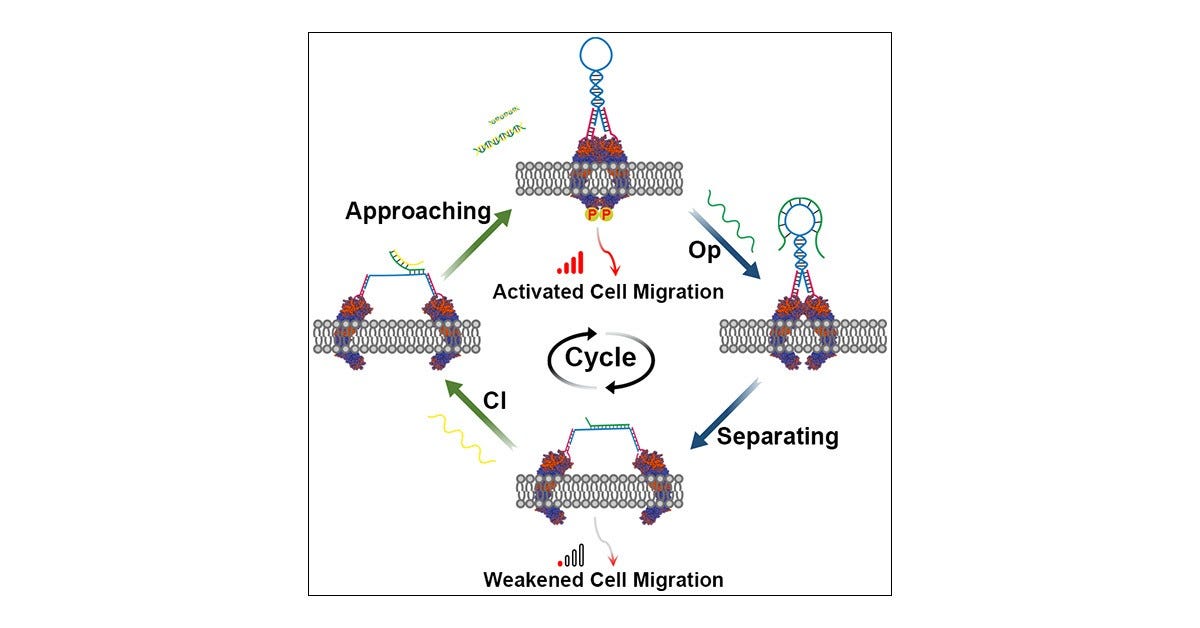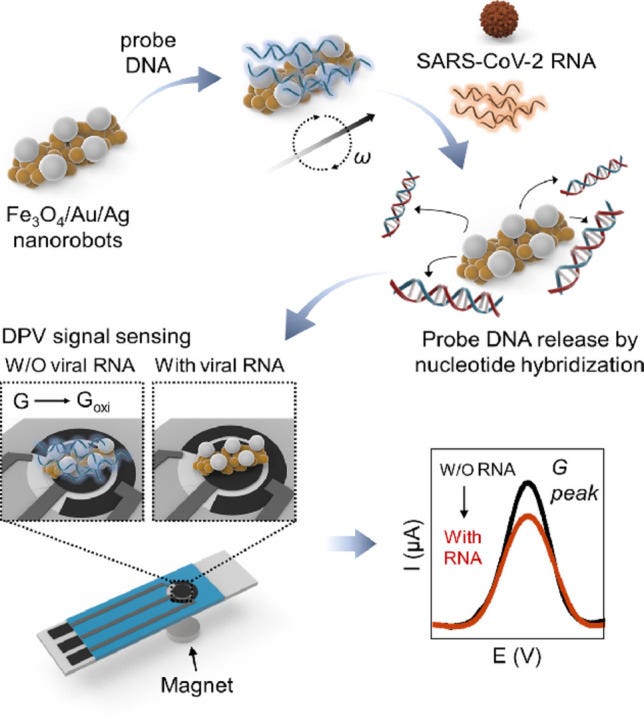Unraveling the Health Complications of COVID and mRNA Viral Spike Protein: The Hidden Risks of Nanorobotic Vectoring
Signal-Based Medicine | Spike Protein Series
The COVID-19 pandemic led to the reckless promotion of mRNA vaccines as the primary solution to combat the virus. As these vaccines were hurriedly deployed, significant and alarming concerns about their safety began to emerge. Central to this escalating controversy is the viral spike protein and the highly experimental mRNA technology, which incorporates the questionable use of nanorobotic vectoring. While officials and pharmaceutical companies insist these vaccines reduce severe illness, mounting evidence suggests they inflict long-term health complications linked to both the spike protein and this untested nanotechnology. This hasty, unscientific approach raises profound doubts about the actual safety of these vaccines, leaving many to wonder if we are trading one public health crisis for another far worse. The risks of this dubious technology are becoming impossible to ignore, prompting justified skepticism and resistance among the public.
The viral spike protein, which enables the virus to bind to cell-surface receptors and enter cells, is not only a driving force behind COVID-19 and mRNA vaccines. As we look more closely, the spike protein—whether from infection or vaccination—has been linked to a range of health issues, from cardiovascular damage to immune dysregulation.
- Endothelial Disruption: The spike protein's ability to disrupt the cell membrane and bind to cell-surface receptors in blood vessel linings causes inflammation and microvascular injury, increasing the risk of blood clots, strokes, and myocarditis. These effects are now being observed even in those who have no prior history of cardiovascular problems, including individuals exposed to the spike protein through mRNA vaccines.
- Immune Confusion: The spike protein has a disorienting effect on the immune system, impairing its ability to differentiate between harmful invaders and the body’s cells. This confusion can lead to autoimmune reactions, where the body attacks healthy tissues and increases vulnerability to infections.
- Oncogenic Pathway Activation: Evidence is growing that the spike protein—whether from infection or vaccination—may trigger cancer-promoting pathways. By activating Galectin-3 and other key regulating signaling pathways, excessive immune reactions, and antibody formation (IgG4) can create an environment where unchecked cell proliferation, tumor growth, and resistance become more likely.
In parallel, mRNA vaccine technology employs “nanorobotic vectoring,” a sophisticated method designed to deliver mRNA instructions to cells. While revolutionary, nanorobots introduce another layer of complexity and potential risk.
- Unregulated Nanobot Activity: Nanorobots, intended to guide mRNA into cells, can linger in the body beyond their intended function. This extended presence may amplify inflammation, prolong spike protein production, and interfere with normal cellular processes, leading to persistent immune responses and other complications.
- Cellular Signaling Disruption: The interference caused by nanorobots may disrupt normal cellular signaling pathways, triggering unintended biological responses such as cytokine storms, oxidative stress, and chronic immune activation. These disruptions can contribute to long-term health complications, further compounding the effects of the spike protein.
- Crossing Biological Barriers: One of the most concerning aspects of nanorobotic technology is its ability to cross biological barriers, including the blood-brain barrier. This allows spike proteins to reach the brain and central nervous system, raising the risk of neuroinflammation, cognitive decline, and neurodegenerative conditions like Parkinson’s and Alzheimer’s.
The combined influence of spike proteins and nanorobotic vectoring has led to a rise in chronic health conditions, particularly in individuals exposed to mRNA vaccines.
- Cardiovascular Disease: The inflammation and damage to blood vessels caused by spike proteins, worsened by prolonged nanobot activity, have resulted in increased rates of myocarditis, pericarditis, and microthrombi formation, even in younger populations who have received repeated doses of mRNA vaccines.
- Neurological Complications: Nanorobots crossing the blood-brain barrier have been linked to neurological issues like brain fog, cognitive decline, and neuroinflammation. This raises serious concerns about the potential development of long-term neurodegenerative diseases tied to spike protein exposure from mRNA vaccines.
- Autoimmune Disorders: The immune confusion caused by spike proteins has led to a rise in autoimmune disorders, such as lupus and rheumatoid arthritis, following exposure to spike proteins from both infection and mRNA vaccines.
- Metabolic Dysregulation: The interaction between spike proteins, ACE2 receptors, and nanorobots has been shown to disrupt metabolic processes, leading to conditions such as insulin resistance, type 2 diabetes, and other metabolic syndromes in individuals who were previously healthy.
Addressing these complex, multifaceted health risks requires a novel medical approach—one that targets the molecular disruptions caused by the spike protein and nanorobotic vectoring. Signal-Based Medicine, an emerging field, focuses on restoring the body’s natural signaling pathways with personalized, patient-matched therapies designed to mitigate these disruptions.
At the heart of Signal-Based Medicine is the use of personalized, patient-matched peptides—specifically designed to counteract the harmful effects of spike protein activity and nanobot-induced disruptions. These peptides are precisely engineered to fit each individual’s unique molecular profile, ensuring a targeted, highly effective approach to healing.
- Personalized Peptide Engineering: Tailored to each patient, these peptides are designed to neutralize the spike protein’s aberrant effects, restoring cellular balance and reducing the chronic damage caused by both the spike protein and lingering nanobot activity. This individualized approach ensures that each person receives the most effective treatment based on their specific biology.
- Mitigation of Nanobot-Induced Disruptions: These patient-matched peptides also counteract the unintended biological responses triggered by nanorobotic activity. By stabilizing cellular signaling pathways and reducing immune overactivation, these peptides help the body recover from the persistent effects of nanobots, restoring normal cellular functions and preventing long-term complications.
- Molecular Surveillance: Signal-Based Medicine employs advanced RNA transcriptomics to monitor spike protein and nanobot activity in real-time. This allows for early detection of harmful interactions and enables healthcare providers to intervene with personalized therapies before serious long-term damage occurs.
- Targeted Anti-Spike Therapeutics: In addition to personalized peptides, anti-spike molecules tailored to neutralize the harmful effects of the spike protein offer a powerful defense against the progression of chronic conditions tied to mRNA vaccines and spike exposure.
Conclusion:
Signal-Based Medicine, with its emphasis on personalized, patient-matched peptides and molecular precision, offers a viable path forward in mitigating these risks. By counteracting both spike protein activity and nanobot-induced disruptions, this approach can help restore health, prevent chronic conditions, and ensure that future medical interventions are safer, more targeted, and more effective for all.
References:
Contact:
If you’re facing cancer, an active illness, or an injury connected to the COVID vaccine, we’re here to help. Please reach out to us through our website: http://neo7bioscience.com/contactus.







